PRODUCT DESCRIPTION
CBA™, short for Concrete Bonding Adhesive, is a high-quality binder formulated explicitly for effectively bonding fresh cementitious materials to various surfaces. This versatile adhesive is suitable for creating strong connections between new concrete and a wide range of materials, including concrete, stone, wood, steel, ceramic, and brick.
When using CBA™, it is essential to apply it to clean, durable surfaces free from contaminants. This adhesive is particularly useful for bonding new concrete to existing surfaces such as epoxy-based concrete, steel, brick, glazed tile, ceramic, mosaic, and concrete floors.
With its exceptional adhesion properties, CBA™ enables reliable and long-lasting bonds, making it ideal for reinforcing structures, repairing damaged concrete surfaces, and seamlessly integrating different flooring materials. Its compatibility with various substrates makes it a preferred choice among construction professionals seeking reliable and efficient bonding solutions.
By utilizing CBA™, you can achieve strong and durable connections between different materials, significantly enhancing your construction projects’ longevity and structural integrity.
Features of the Product:
- Excellent adhesion to concrete and most building materials
- Achieves excellent initial and final resistances
- Demonstrates good tensile strength
- Offers stability against impact and wear
- Compatible with both dry and wet substrates
- Exhibits good moisturizing properties and the ability to impregnate woven and non-woven fibers
- Possesses low concentration and high penetrating power
- Has an insignificant smell and is safe for users
- Allows for easy mixing and provides a long working time
- Can be applied with a roller or brush.
Which factors affect the price of CBA™?
Several factors can influence the price of CBA (Concrete Bonding Adhesive):
-
Quality and Brand:
Established brands known for high-quality materials may have higher-priced CBAs due to their reputation and investments in research and development.
-
Product Formulation:
CBAs with specialized formulations, such as additives for faster curing or increased bond strength, may have a higher price point.
-
Packaging and Quantity:
Larger quantities or bulk packaging options generally cost less per unit than smaller packages or specialized packaging formats.
-
Market Demand:
Supply and demand dynamics in the construction industry can impact CBA prices, with high demand potentially leading to price increases.
-
Distribution and Location:
Factors like shipping costs, distance to the market, and local market conditions can affect the overall pricing of CBAs.
Considering these factors when assessing CBA prices allows for informed decision-making, balancing both cost and quality.
Features
- Excellent adhesion to concrete and most building materials
- Achieves excellent initial and final resistance
Demonstrates good tensile strength - It offers stability against impact and wear
Compatible with both dry and wet substrates
Exhibits good moisturizing properties and the - ability to impregnate woven and non-woven fibers
- Possesses low concentration and high penetrating power
- It has an insignificant smell and is safe for users.
- It allows for easy mixing and provides a long working time.
- It can be applied with a roller or brush.
Applications
- Adhesion of fresh concrete or mortar to hardened concrete in vertical and horizontal applications.
- Bonding of precast hardened concrete to existing horizontal concrete.
- Suitable for various construction applications, including buildings, roads, bridges, factories, etc.
- Compatible with both dry and damp surfaces.
- Suitable for internal and external use.
- Compatible with reinforced concrete structures.
- Can be used for planting steel rebar in wet holes.
- Used as a binder to cover or adjust the height of columns.
Packaging
Colour
technical specifications
|
Appearance of the product |
liquid |
| Initial setting time |
6 hours |
| final setting time |
7 days |
| Pot life |
4 hours |
| Operating temperature |
-35 to 65 ℃ |
| Mixing ratio |
A:B=100:13 |
|
density |
1.55Kg/L |
|
compressive strength |
60MPa |
| Tensile strength |
20MPa |
| Adhesion stability |
2.5MPa |
|
Flexural strength |
30MPa |
Here is a summarized list of recommendations for engineers working with CBA™ (Concrete Bonding Adhesive):
- Surface Preparation: Ensure surfaces are clean, prepared, and contaminant-free.
- Follow the Manufacturer’s Instructions: Adhere to instructions for proper application, mixing ratios, and curing times.
- Test Compatibility: Conduct small-scale compatibility tests before large-scale applications.
- Use Appropriate Tools and Equipment: Select suitable tools for application, such as brushes, rollers, or trowels.
- Adhere to Safety Precautions: Wear protective gear and ensure proper ventilation.
- Consider Environmental Conditions: Consider temperature, humidity, and air circulation during application.
- Implement Quality Control and Inspection: Regularly inspect work for necessary adjustments or touch-ups.
- Consult Manufacturer or Experts: Seek guidance from technical support or experienced professionals when needed.
- Prepare the Surface: Ensure thorough cleaning and removal of loose materials or contaminants from the surface before applying CBA™.
- Follow the Manufacturer’s Instructions: Adhere to the recommended guidelines provided by the manufacturer for proper mixing ratios, application techniques, and curing times.
- Conduct Compatibility Tests: Test the compatibility of CBA™ with the specific materials and substrates involved by performing small-scale tests before full-scale application.
- Use Appropriate Tools and Equipment: Use the right tools, such as brushes, rollers, or spray equipment, for precise and efficient application of CBA™.
- Prioritize Safety: Take necessary safety precautions, including wearing appropriate protective gear and ensuring proper ventilation during the application process.
- Consider Environmental Factors: Consider factors like temperature, humidity, and air circulation to ensure optimal conditions for the application and curing of CBA™.
- Implement Quality Control: Regularly inspect the work to ensure proper bonding and application of CBA™, making necessary adjustments or touch-ups.
- Seek Expert Advice: Consult the manufacturer’s technical support or seek guidance from experienced professionals for any specific challenges or complex projects.
When applying CBA™ (Concrete Bonding Adhesive), following proper application instructions for optimal results is important. Here are the general application guidelines:
- Surface Preparation: Ensure the surface is clean and properly prepared, free from loose materials. Remove any dirt, dust, oil, grease, or contaminants hindering adhesion.
- Mixing: Follow the manufacturer’s instructions for mixing CBA™. Use the recommended mixing ratios and ensure thorough mixing to achieve a uniform consistency.
- Application Method: CBA™ can be applied using a brush, roller, or trowel, depending on the project’s specific requirements. Choose the most suitable method for the surface and desired application thickness.
- Apply Evenly: Apply CBA™ evenly onto the prepared surface, ensuring complete coverage. Avoid leaving any gaps or thin spots that may compromise the bonding strength.
- Working Time: Take into account the working time of CBA™. Apply the adhesive within the recommended time frame to ensure proper bonding. Avoid applying CBA™ beyond its operating time, as it may affect adhesion.
- Bonding Fresh Concrete: When bonding fresh concrete to hardened concrete or other surfaces, apply CBA™ to the fresh and receiving surfaces. Ensure that both surfaces are coated adequately before joining them together.
- Curing: Follow the curing instructions provided by the manufacturer. Allow sufficient curing time for the adhesive to strengthen before subjecting it to load or further construction activities.
- Clean Up: Clean tools and equipment immediately after use. CBA™ can be challenging to remove once it has hardened, so cleaning up promptly using the appropriate cleaning agents or solvents is essential.
Here is a summarized list of quality control measures for CBA™ (Concrete Bonding Adhesive):
- Inspection of Materials
Verify product condition, expiration date, and specifications. - Surface Preparation Check
Ensure surfaces are properly cleaned and prepared. - Adhesion Testing
Perform tests to verify bonding strength. - Mixing and Application
Monitor proper mixing ratios and even application. - Coverage and Bond Inspection
Check for complete coverage and proper bonding. - Curing time
Record and monitor curing time. - Durability and Performance Testing
Conduct tests to assess long-term performance. - Documentation and Recordkeeping
Maintain detailed records of quality control activities. - Ongoing Monitoring
Continuously monitor bonded surfaces for performance evaluation.
technical documents
Photo Gallery
Technical documentation request


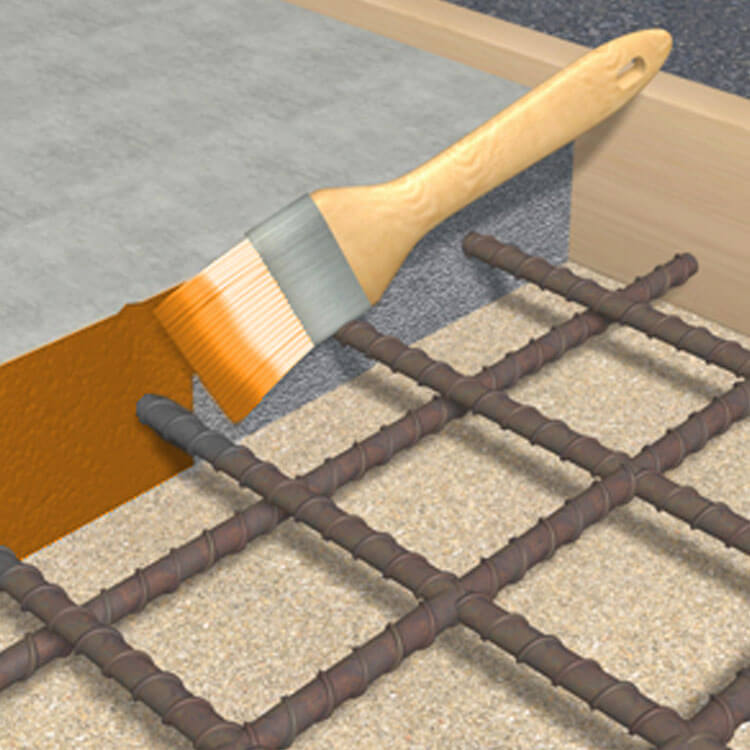
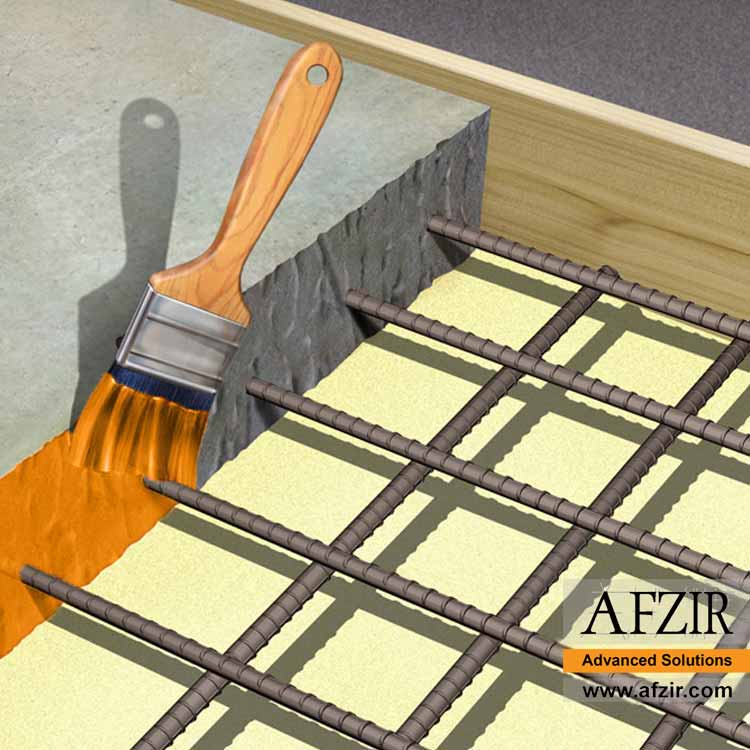

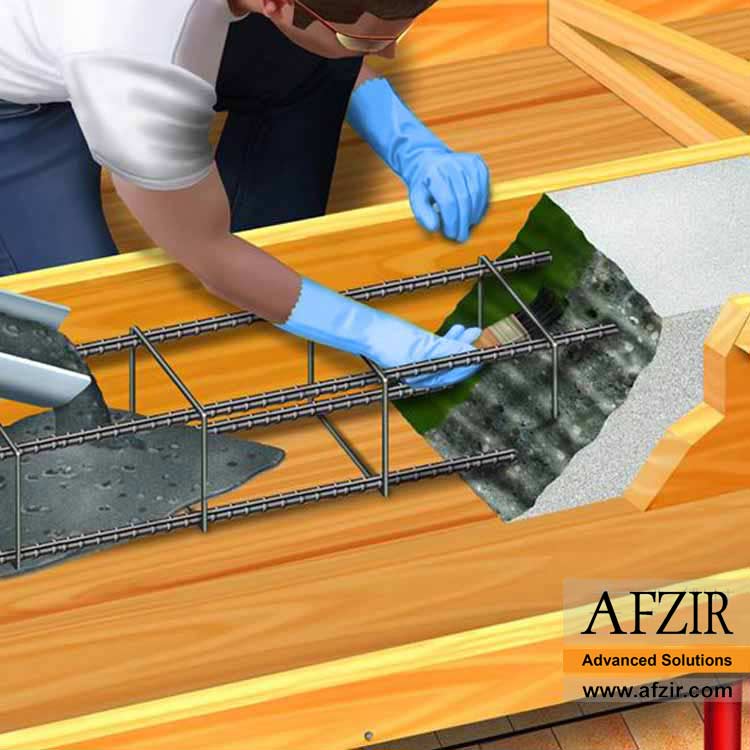

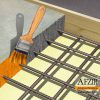
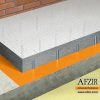

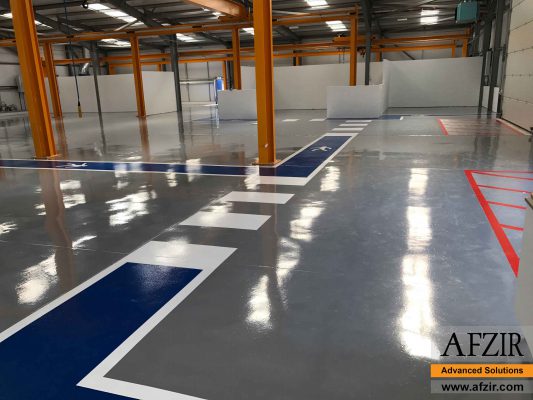
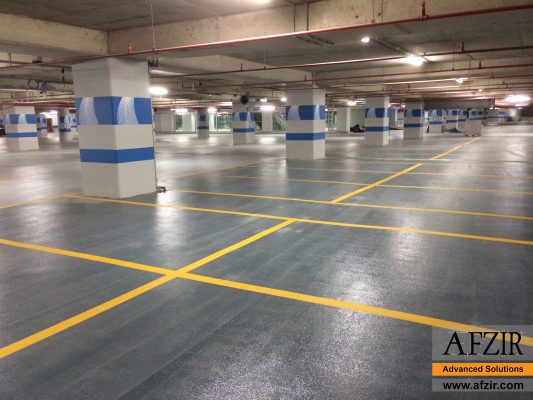






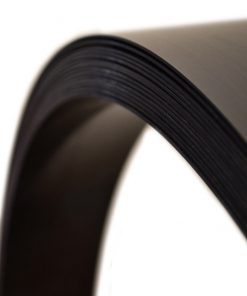
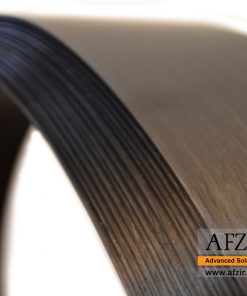

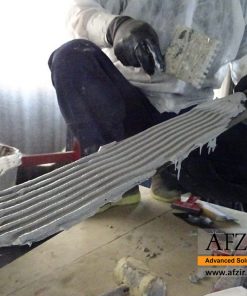
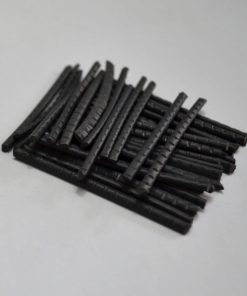
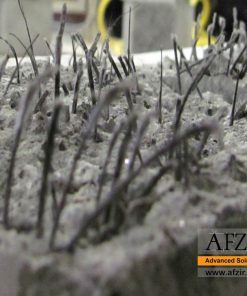
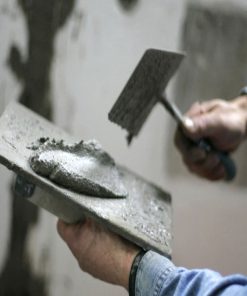

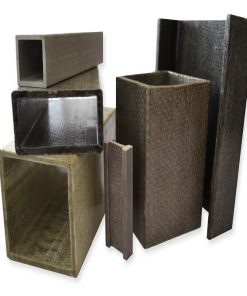
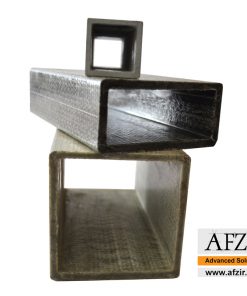
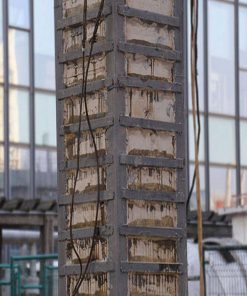

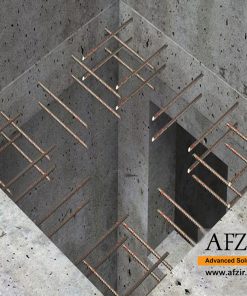
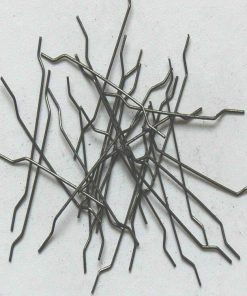

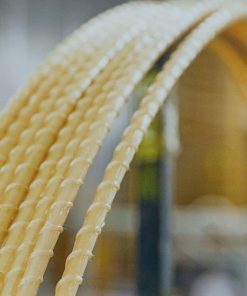

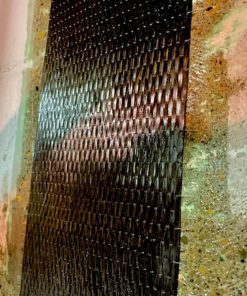

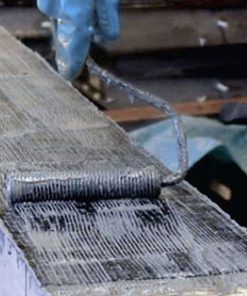

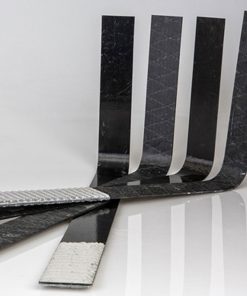

Be the first to review “Epoxy Adhesive For Concrete Bonding”